|
Valerian and mallow Me, hedge mustard & Black horehound Bird's foot trefoil Adventures in a city meadowWhere the hedgerow meets the meadow, a glow of bunched yellow spurges gave food to a masquerade of colourful insects speaking of a wooded past. Once I drifted through the threshold of spurges I was initiated into the golden delights of a city meadow.
Agrimony, ragwort and bird's foot trefoil competed with ox-tongue, hawkbits and hawkweeds. Clambering up through them were purple vetches, restharrow and everlasting peas. The spear thistle and exuberant lush foliage of knapweed offered a stately presence whilst huge white trumpet flowers of greater bindweed sounded out with colour matched with the subtler trumpets striped pink and white of the field bindweed. On its edges flowering valerian, mallow, bedstaw, crane and storks bill overflowed with the joy of beauty. I knew noon had past for the plant jack by the noon had gone to sleep. I acquainted myself with over 50 species in this single city meadow, a welcome message to green our concrete jungles. Ah, time in nature is well-spent. For our free Newsletter with articles on trees, plant and British folklore please sign up below.
0 Comments
Creeping cinquefoil Tormentil Tormentil- 'little roses'In June the roses start to flower decorating the hedgerows. The rose family (Rosaceae) is a large family which includes many trees and shrubs and also consists of the delicate plants known as tormentils. Amongst the short grass a beautiful yellow rose appears that lifts the spirit, sometimes upright and at other times sprawling these plants add a patch of gold to the green sward. The three main species you are likely to see in June are: Tormentil Potentilla erecta- This delightful species has usually less leaflets than the trailing species ( at least 3) is almost unstalked with thread-like stems which never root. Most likely to be on more acid soils. Trailing Tormentil Potentilla anglica- This species is slightly larger with runners rooting only in late summer. More stalked leaves with 3-5 leaflets. Creeping Cinquefoil Potentilla reptans - This species is not so delicate, coarse with far reaching runners with palmate leaves on long stalks, this species you will find in more man-made habitats and sparsely grassy places. To this species list we can add silver weed with its distinctive silvery pinnate leaves low to the ground, the yellow flowered strawberry with dry tasteless strawberry-type fruits, specialist species of cinquefoils, the strawberry, herb bennet, argrimony and salad burnet. A wonderful array of plants adorning our grasslands. The potentilla species are often plants which soothe our intestine, stomach and throats the most famous being the herb bennet which will be explored separately. For our free Newsletter with articles on trees, plant and British folklore please sign up below. Qualities of CloverCommon Name: Red Clover /White Clover Latin : Trifolium pratense / Trifolium repens Family: Fabaceae
History and/or use:. Excellent for throat irritations/coughs and good green compost as fixes nitrogen. Wildlife Value: Main flow pollen producer for invertebrates Clover is a wonderful feature of our meadows and indeed many grass areas both in the countryside and in urban areas. It is one of the first plants to produce the ‘main flow’ nectar for bees and other invertebrates after the Dandelion and Sycamore have finished flowering. Its delicate scent attracts long-tongued flies, butterflies, moths and as already mentioned bees. Once the flowers have been fertilised they fold down over their young pods and the flower untouched, still standing, is referred to as an old maid. Both the leaves and flowers of this plant can be eaten unless it is high in prussic acid which makes it bitter and unsuitable for consumption. It can also be used as a green compost for vegetable growers as it is able to fix nitrogen and therefore enrich the soil. Organic farmers ( and indeed other growers) simply dig or rotovate the plant back into the soil. It is also good animal fodder. If you have any medical conditions please check with a medical herbalist first before taking any plant and only harvest it if you are 100% sure what it is! As a herb Clover flowers are traditionally used as a syrup for coughs especially whopping cough and help to purify the blood. To help relieve bronchial or irritating coughs a brew of flowers can be made by steeping them in hot water for about 8 minutes and it tastes great! It is also been said to be good for liver ailments and smoked in a pipe for toothache. Today we tend to use the red clover for medicinal cures although other species can also be used. Clover is steeped in folklore, a candidate for the Irish Shamrock or Seamrog. This mythical plant brings great fortune to all who use it. The Shamrock is thought to be the white clover or more than likely the lesser trefoil (Trifolium dubium). It seems to be the quantity of leaves borne on clover which dictates its magical use. If you would like to support our work and go even more deeply into Nature Connection please become a member and have exclusive access to our online course. |
Details
Poetry of flowersJoin me to explore the flora of the British Isles on this blog. My intention is to attempt to capture the unique quality and beauty of each species of flower, tree or shrub. For every species featured I will be growing many more wildflowers to celebrate the joy of their existence, their intrinsic conservation value and bewildering array of uses. For nearly 30 years I have noted, studied and explored wildflowers in the field much to the patience of the walker beside me. To share this passion is a heartfelt plea to respect, preserve and care for all British Wildflowers no matter how common they seem. Archives
February 2024
Categories |


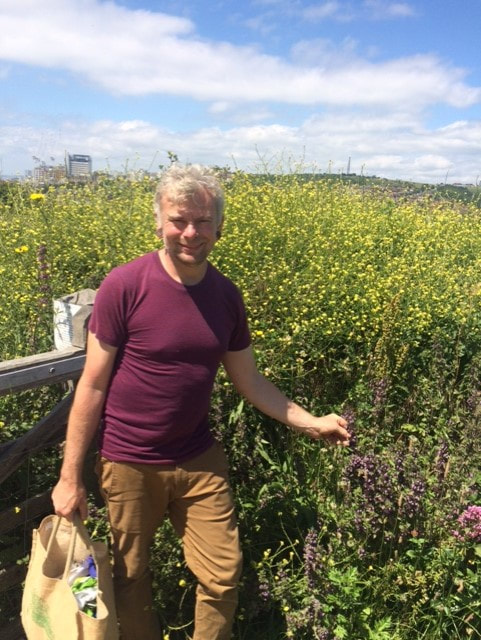
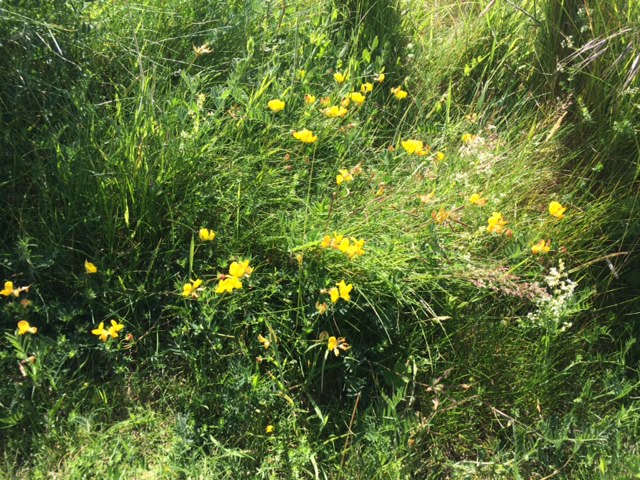
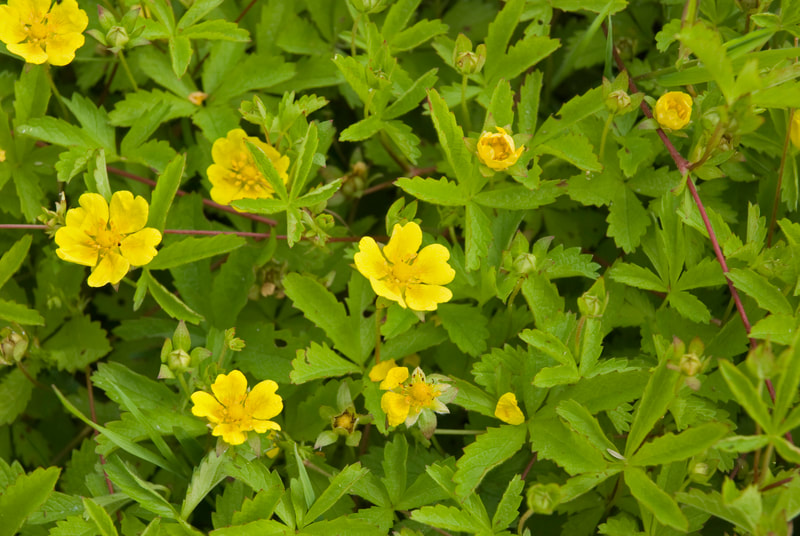
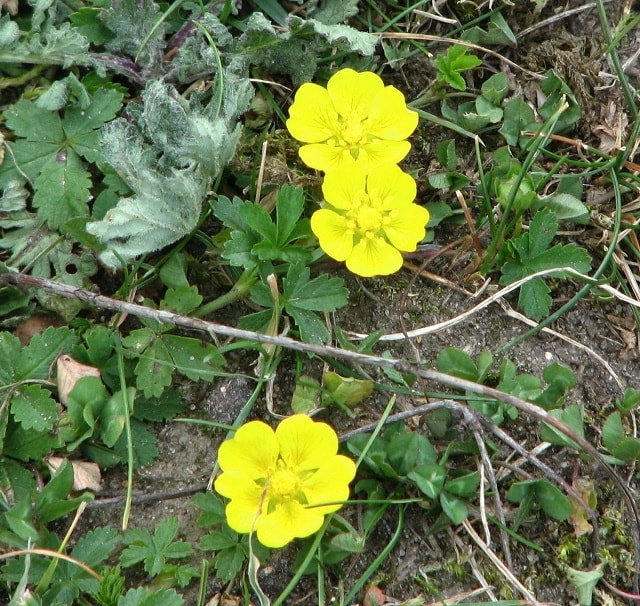
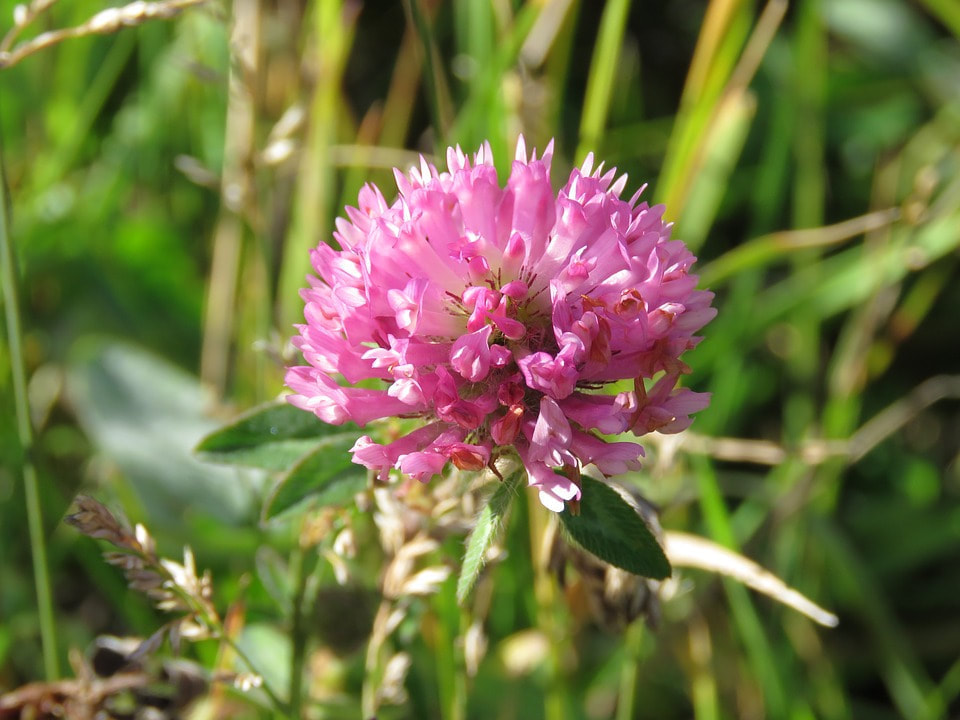
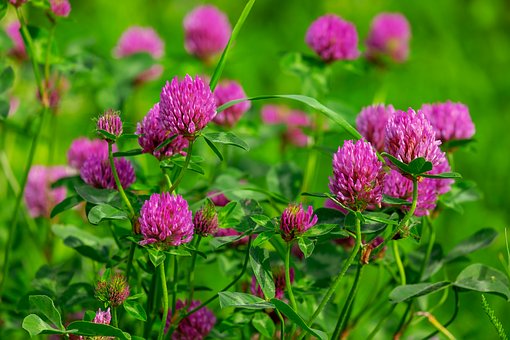
 RSS Feed
RSS Feed
